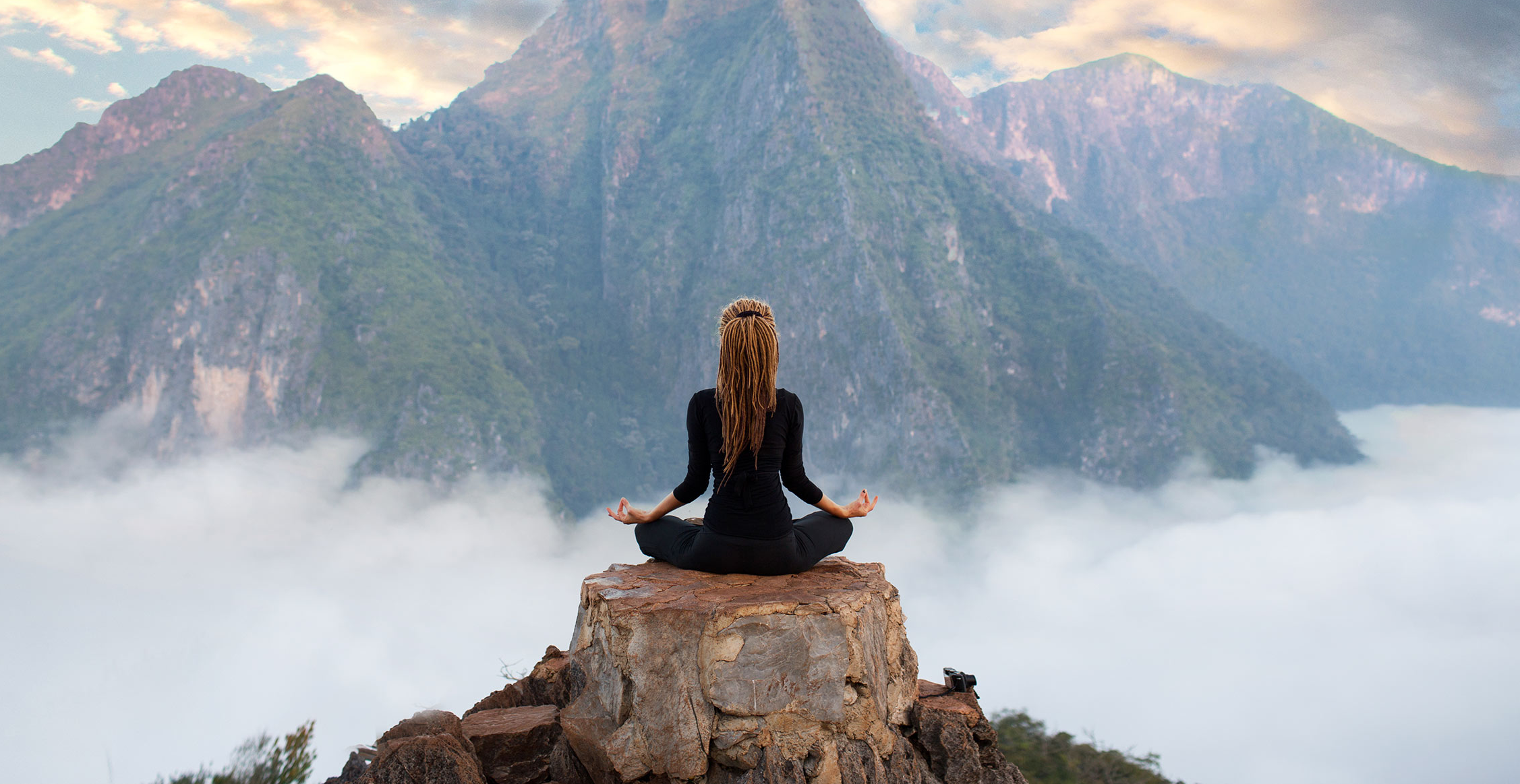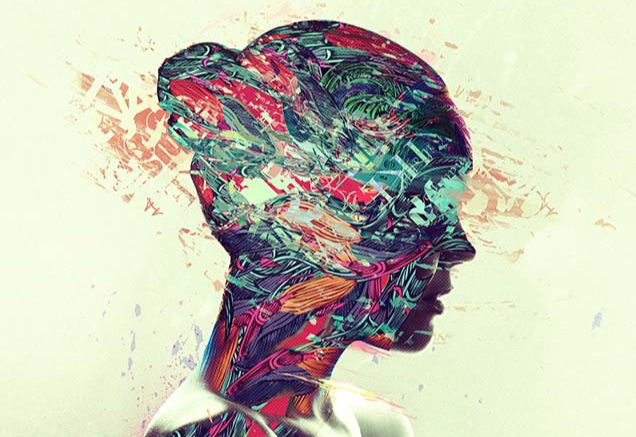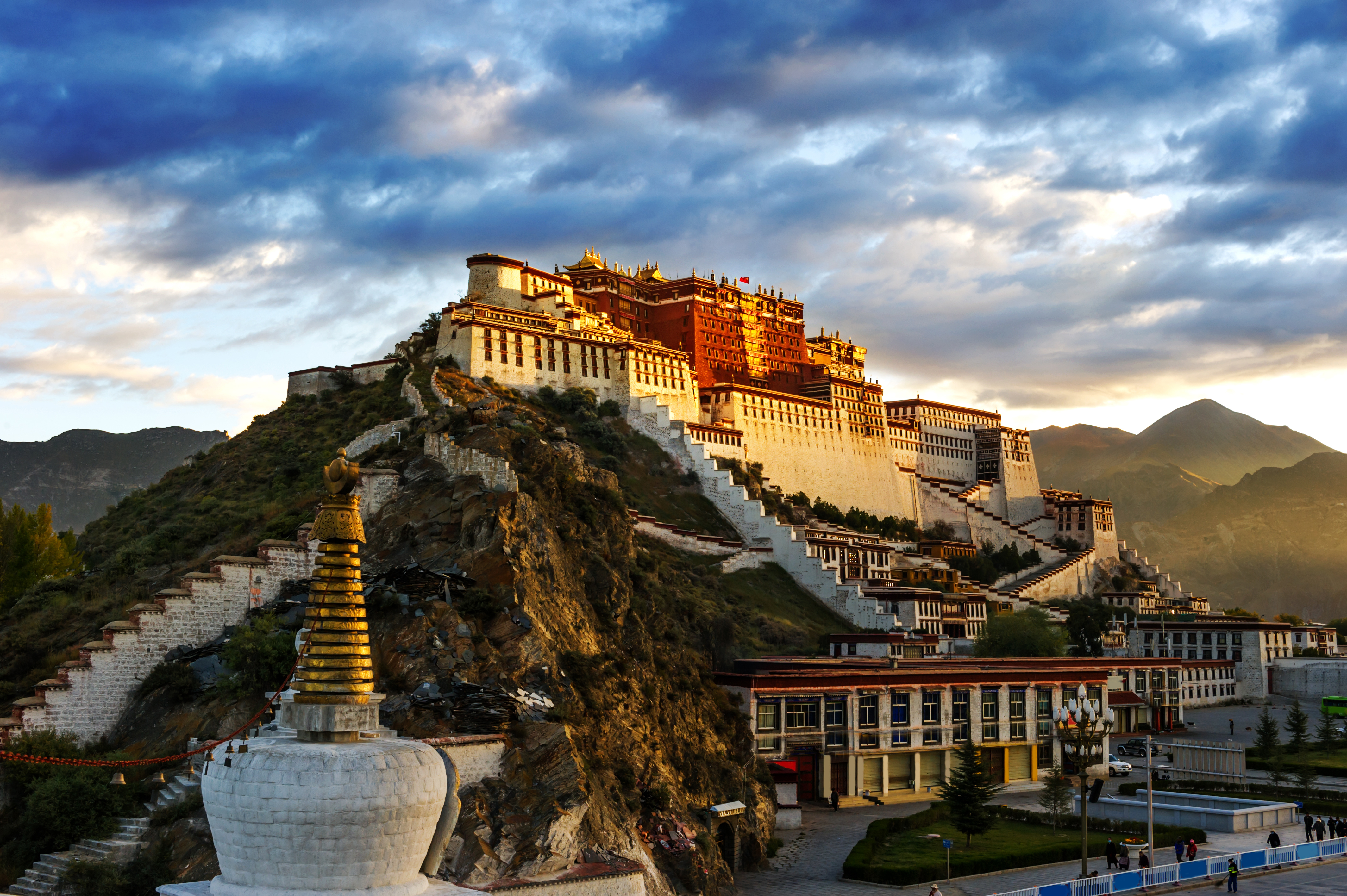The Causes of Suffering

Now, what produces these different types of suffering that practice is designed to address? What have we heard endlessly in dharma talks? Desire. Wanting and not-wanting. The dynamics of desire are very interesting when you watch them in your own mind. Why is desire such a problem? Why is it so central and enormous a problem that the human realm is defined by it?
First we need to make a distinction between enjoyment and desire. If you eat a meal that’s wonderful, you’re satisfied. The enjoyment of the meal need not be associated with any desire. The point on which suffering turns is to let enjoyment be enjoyment without it leading on to desire. How to be with a particular experience without it generating either a wish for more or a wish for less?
Desire is definitely a problem. Why? Because it is insatiable.
Ultimately, that’s what we’re trying to do with mindfulness. That’s what mindfulness is about. Mindfulness is about eating the meal and enjoying the meal, but not lingering over it. When it’s over, it’s over. It doesn’t generate desire, regret, aversion, guilt, or any other reaction to the basic experience that catapults us forward. It’s a simple concept, but we watch how difficult it is to practice it all of the time—or even a fraction of the time.
In 1967 had a 3-star meal in Avallon with 2 friends. We’d driven from Munich over the Easter break. By law, there are only 12 3-star restaurants in all of France. We arranged the meal in the morning with one of the world’s great chefs. It took most of the day to prepare, and all of the evening to eat, ending with a 1907 armagnac—far and away the best meal I’ve ever had. I can still taste it as I’m talking about it. Lots of catapulting through lots of mind moments: from desire, to anticipation, to enjoyment, to satiation; to limping back to Munich afterwards, broke; to regret, and back to desire again as I’m thinking about it. In Dzogchen practice they say, “Leave the arising in the arising.” And this is 30 years later.
So desire itself is definitely a problem. Why? Because it is insatiable. And what drives the insatiability of desire? What conditions desire? In the Buddhist analysis, the Pali term for desire is taṇhā, literally, “thirst,” more generally, craving. In the chain of co-dependent origination, what conditions (causes) desire is vedanā. “Vedanā” is usually translated as “feeling,” but not feeling as emotion. Rather, feeling as the pleasurable, unpleasurable or neutral quality of each moment of experience. This is a crucial point—that every experience comes with a certain affective quality, what western psychology calls feeling-tone.
Think about it. It is really an extraordinary insight. When you’re sitting next in practice, tell yourself, just for one minute, you’re just going to be mindful of the feeling-tone of each thought, feeling, sensation, sound, mood that comes to awareness. Try to be mindful of just the pleasurable, unpleasurable or neutral quality of that mind-moment or that experience. If you can just be with the pleasurableness and let it be pleasurable—no problem.
The trouble is, if its pleasurable, it usually impels us on to some kind of desire—to wanting. If it’s unpleasurable, it usually evokes not-wanting, pushing away, avoiding, defending, waiting for it to pass—all forms of not-wanting. If the feeling-tone is neutral, we usually aren’t interested and either don’t pay attention or space out the experience altogether.
From the point of view of practice, the object of mindfulness is not to get rid of pleasurable or unpleasurable experience, not to get rid of pleasure and pain—that’s the ascetic stance of self-denial which the teachings term “wrong view.” It’s a common misunderstanding. We can’t get rid of those troublesome feelings of liking and disliking that accompany all experience because—in one of the Buddha’s most important insights—we can’t. They are hard-wired. Every experience comes with its own pleasurable, unpleasurable or neutral quality. We never get beyond that. Even Buddhas experience that in their moment-to-moment experience. So a goal of practice can’t be to maximize pleasure and/or minimize pain.
To Freud, that project was the basic drive in life. He called it “pleasure-principle functioning.” That nails it. He made exactly the same analysis as the Buddha. He just didn’t think we could do anything about it because pleasure inevitably leads on to desire in his view, and ultimately to the build-up of psychic drives and drive states. The same with unpleasurable or painful feelings: they inevitably lead on to aversion and ultimately to anger and aggression. So how to just let pleasure be pleasure without being drawn to it and pain be pain without avoiding it?
I said to Dipa Ma once, very early on when I didn’t understand much, that the outcome of practice sounded pretty dull and blah to me. Once you got rid of desire and aversion, where was the chutzpah? Where was the pizzaz? Where was the juice? Life would be pretty tepid and uninteresting if you didn’t enjoy anything at all! To my surprise, she broke out laughing. “No,” she said, “you don’t understand. Life is so much more full of zest now than it was before when I was carrying all that baggage around. Now each experience has its own taste. And then it passes and it’s gone. And then the next experience has its own taste.” The conviction was not in her words but her spontaneous laughter at my question.
The next question is: what drives that dynamic of pleasure/unpleasure that leads on to desire/ aggression? What pushes us on to this clinging and grasping, wanting more pleasure and less pain?
The Basic Illusions
In the Buddhist analysis, there are three basic misperceptions or illusions that ultimately drive pleasure-principle functioning. The Abhidhamma calls them vipallāsas, literally, “inverted views.” Each fundamentally turns reality on its head—takes a critical aspect of experience to be precisely what it is not:
- taking what is impermanent to be permanent;
- taking what is inherently incapable of satisfying us as satisfying;
- and—the root misperception—taking what is inherently lacking independent existence as independently existing; taking co-dependently arising phenomena as independent entities. Most critically, taking our “self” as a self-existent entity. Identifying with one or more of the constituents of experience—body, feelings, perceptions, mind-states or consciousness—as “me” or my “self” in some ongoing way. And therefore thinking—and needing—to defend, protect, augment, justify, stake out a claim for against other independent “selves” who are either allies or threats.
So taking what is impermanent to be permanent, treating it as though it were graspable; looking to what is inherently incapable of satisfying us as a source of satisfaction that would ease our unease and the ache in our heart and bring us peace and contentment; taking what is inherently empty of substance as being solid, enduring, immortal, a secure place to stand, a precious treasure to be defended at all costs—these are our fundamental delusions, in the service of which we cling and condemn, hold on and push away, suffer any number of indignities and humiliations to protect. In this sense, “all worldings are deranged” (sabbe puthujjanā ummattakā) according to the Buddha. It’s the same term we use in our clinical terminology to denote delusional thinking—thinking which misperceives the way things really are in the service of protecting a self under threat.
These three “inverted views” are what constitute “ignorance” (avijjā) in the Buddhist sense. As in psychodynamic thinking, this is a willful ignorance: not just a not-knowing, but a not-wanting-to-know for which we are responsible. Likewise, the way forward is to see through these distortions and illusions.
Well, it’s one thing to hear about this and even have a good conceptual grasp of what no-self or selflessness means. It’s quite another to actually experience it in our entire being and integrate it bodily and emotionally and then live from there. An Australian friend of mine who worked in high-energy physics used to describe watching this apparently solid world of ours cut away to a universe of particles with half-lives of infinitesimal fractions of seconds.
But is that transformative? No. These entities are atoms or particles and don’t grab my attention very much. But when we see—actually experience—the same process in our own minds, in our own bodies, moment after moment, then it hits home with tremendous impact. Then it’s us we’re seeing. And something in us says, “Oh s…t !” Then it has the potential to be transformative. But we have to experience it in our own bodies and minds for that to happen, and that is what practice is ultimately about.
Experiencing the dynamics of desire and the way that creates suffering, and then ultimately seeing through the delusions that create and sustain craving—that’s what the so-called “stages of insight knowledge” (vipassanā-ñāṇas) describe. They take our mindfulness, our perception of reality, to that level where we actually see and experience the 3 marks of all existence—impermanence, unsatisfactoriness, and selflessness—in our own minds, moment after moment. Then it hits home, and then it’s potentially transformative. There are glimpses at moments prior to this. We’ve all had them. But in the course of the ñāṇas, it hits home fully in an inescapable, all-pervasive, and progressive way.
Setting Up Practice: Models of Awakening
Buddhist lineages have generated a number of different systems for mapping out the process of awakening—for bringing practitioners to liberation. Teachers and lineages have often been leery of spelling out all the detailed stages and steps because it is easy for us to get hung up. We can constantly be taking our spiritual pulse: “Am I at the third stage or the fifteenth stage?” That can obviously become a serious impediment to practice. On the other hand, if you approach it with the right spirit or “view,” it can be very inspiring: “Yes, awakening is there. There is a path that can be followed and it’s not mysterious or alien to me. It follows a predictable sequence.” The Ven. Mahasi Sayadaw himself wrote a manual, Progress of Insight, describing each of the stages in detail as a guide to practice. The challenge in working with these maps is to use them skillfully, and that usually requires the assistance of a teacher.
Another caution about such maps is the immense narcissistic seduction that enlightenment represents. Once you set it up as an object of desire, an object of striving—like any other object that you want—it’s hard for there not to be some narcissistic motive involved in its pursuit, some motive that augments the self instead of seeing through the illusion of independent selfhood.
At the Ven. Mahasi Sayadaw’s center in Rangoon, where I practiced for a brief time, one of the main responsibilities of senior teachers was to determine the markers of enlightenment. In their view, enlightenment doesn’t just happen any old whichway. It evolves out of a sequence of experiences that follow a very predictable pattern. This doesn’t mean one will progress through them in a linear manner. Typically there is a lot of going forward and backward, forward and backward. What it means is that you won’t advance to the next level of insight without some experience of the level that precedes that one. You can’t skip levels. But this is no different from any kind of learning: there is a sequence of experiences to be undergone and mastered. At the end of this process, there is an experience called awakening.
One metaphor for this model of practice is crossing a river. We start on this shore in a condition of suffering. The object is to get to the other shore, which represents freedom from suffering. The dharma is the raft that takes you across. Once across, you no longer need the raft. Practice then is getting from here to there. This is the traditional Theravada view.
Another way of thinking about practice, which is the Mahāyāna and Vajrayāna view, is that you are already on the other shore. In this “other shore” practice, there is no river to cross and no need for a raft. Your true nature is already enlightened. Practice is simply an expression of that true nature. One benefit of practicing from this view is that it tends to undercut narcissistic striving. But this still does not mean that practice won’t unfold in a certain way, even in these traditions.
At this point Jack discusses the four stages of awakening outlined in the early texts, and the gradual extinction of the ten fetters (samyojana) in each of these stages. This part of his presentation will be presented in another issue of this newsletter in near future.











